You’ve been in a liminal space before. Do you remember that empty playground that you sat at while you waited for your parents to pick you up? What about that time you and your friends snuck into that old, abandoned warehouse? Or when you needed to run into the office after hours to grab something you forgot, with only the groaning hum of the lights to keep you company?
We’ve all had experiences like this. Whether you actually were in these locations or simply dreaming them doesn’t matter. There is something inherently disturbing about liminal spaces, those empty universes that seem to exist outside of time and place. Whenever we find ourselves in them – or even just thinking about them – we shudder.
— Liminal Spaces (@SpaceLiminalBot) November 3, 2021
The idea of an uncomfortable liminal space is nothing new, yet this unsettling aesthetic has received a new surge in popularity on the Internet. Social media is full of pictures of empty cafeterias, fog-cloaked streets, and Y2K storefronts ravaged by time. Users delight in digitally diving into these spaces that typically haunt the tiny corners of our bad dreams.
In this article, we’ll take a look at these online communities that congregate around uncomfortable liminal spaces. But before that, we’ll define what exactly a liminal space is and take a brief detour to look at some examples from horror’s history that helped define this newly-popular aesthetic.
What is a Liminal Space?
The definition of a liminal space can vary quite a bit depending on who you ask. Some horror fans might just point to an empty room that looks scary and deem that as a liminal space. However, other definitions go a bit further in creating a concrete idea of the concept.
In a traditional sense, the definition of a liminal space is any space that exists between two states of being. It’s derived from the Latin “limen,” which translates literally into threshold. Through that lens, even something like a door is a liminal space. Any spot or state that is transitional is also liminal. A gap year between high school and college is as much of a liminal space as any physical room. In simple terms, a liminal space is a “loading zone.”
The key to understanding why uncomfortable liminal spaces have become so prominent in horror lies in understanding what it is that makes us feel so disquieted in these spaces. Why is the liminal space aesthetic so common in horror? According to the aptly-named website In a Liminal Space, “[liminal spaces] of waiting and not knowing our ‘next’ are inevitable and most are incredibly disruptive.” They cite “moving to a new town, financial strain, […] divorce” and more as classic examples.
In other words: transitions are hard and stressful. And when a physical spot embodies that same feeling of change and stress, we are naturally uncomfortable. That’s why uncomfortable liminal spaces fit in so well in horror. We can feel that we’re on the verge of something, looking out into the unknown… who knows what might appear? There’s a lot of room for terror in that realm of mystery and questioning.
Liminal Spaces in Horror
Whether you’ve consciously recognized them or not, you’ve likely encountered an endless list of examples of uncomfortable liminal spaces in horror. One could even argue that the timeless trope of the haunted house could be seen as a liminal space. But that opens up a pretty big can of haunted worms: does that mean that every horror movie, book, poem, and story is liminal? Where do we draw the line?
For the sake of this article, I’m more curious about looking at media that succinctly captures a very specific aesthetic configuration of liminality. If you’ve seen the pictures that are shared all over the Internet, you’ll know what I’m talking about. If not, don’t worry. These examples will hopefully establish some context for what will follow.
One of the best liminal moments in classic horror cinema is undoubtedly in The Shining. What a great example of liminal space. The entire movie is based around an idea that is liminal in and of itself: a suburban family travels to a hotel that is abandoned for months on end, just waiting for people to return. But it’s the actual appearance of the hotel that establishes it as a standout example.

Everything about the Overlook Hotel just feels… off. And I don’t mean that in an, “Oh no, this place might be haunted!” kind of way. The Overlook feels like a hotel designed off of someone’s distorted memory of what a hotel should look like. The hallways are too narrow, the colors alternate between being overly bright and disturbingly muted, and certain passageways feel like they just lead to nowhere. There’s a reason there’s a whole theory dedicated to a window that shouldn’t exist in the hotel.
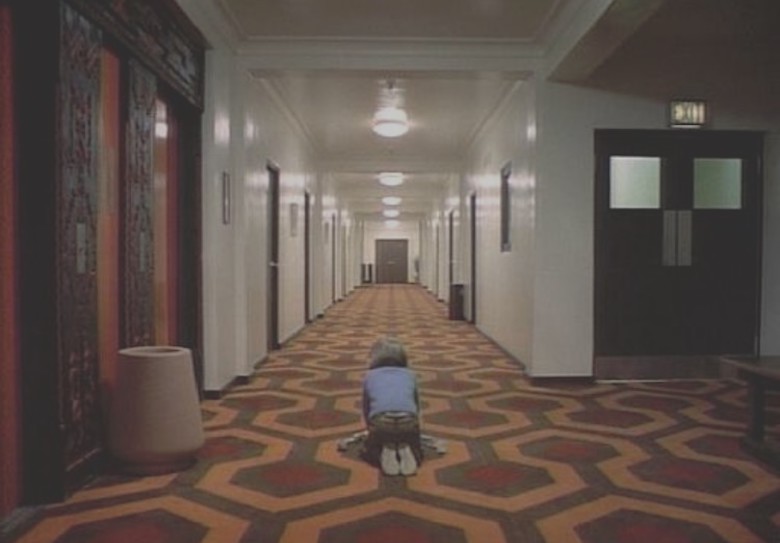
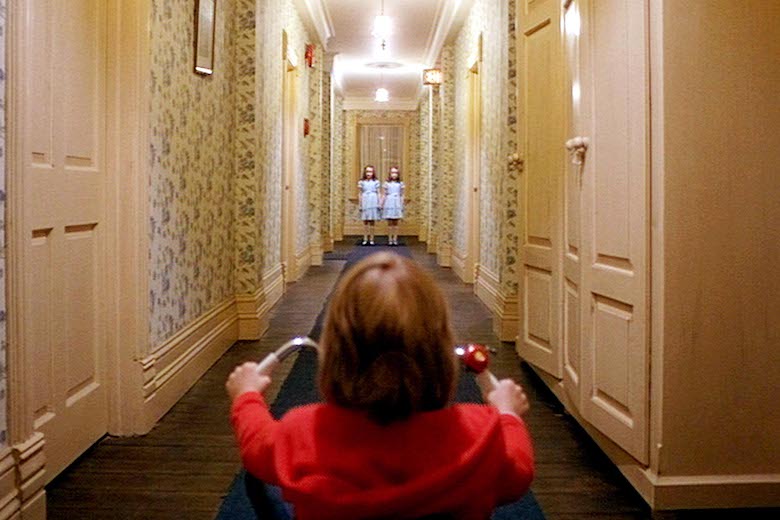
The Overlook is a shining (sorry) instance of a liminal space. Not only is it in a literal state of transition, but it feels like a portal into a world that’s just like ours but slightly different. That is the precise aesthetic that we’re looking for here.
There are plenty of other great instances of this specific kind of uncomfortable liminal space in horror media. Modern films like It Follows and The Lighthouse showcase spaces that feel skewed from reality, as does Dawn of the Dead.
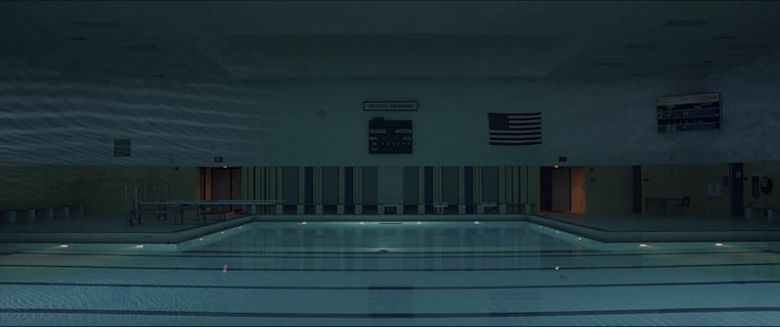
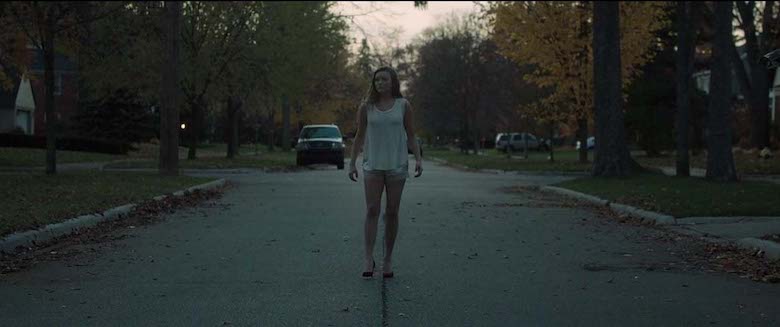
And it’s not just movies that capture this feeling. Horror games like the Silent Hill series partially owe their success to the tense atmospheres they build off of liminal spaces.
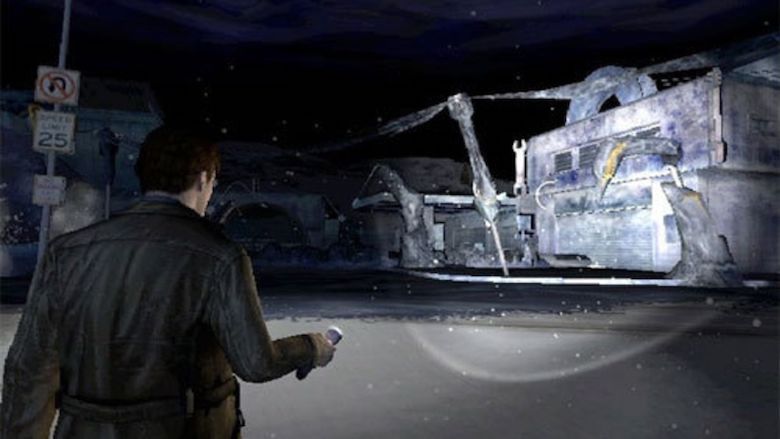
Another great one that’s worth pointing out is Fear Street on Netflix. The series is filled with nods to classic horror tropes, so it only feels right that the first film starts out in a liminal space. The empty mall where the opening takes place doesn’t just feel empty, but it feels like it may as well have been empty for 100 years. It’s surreal and perfectly creepy.
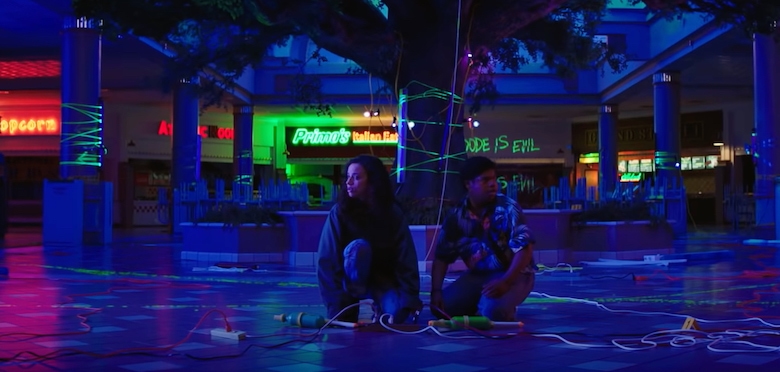
Cyber-liminality
Uncomfortable liminal spaces have proven themselves unique in the world of horror by transcending the genre itself. While audiences love Fear Street and other films because of their liminality, online communities have begun to be constructed around the concept itself rather than the media that use them.
A quick look at the Reddit Liminal Space board will show you everything you need to know. It’s filled with pics taken by amateur photog’s that just happened to have that feeling while walking around their hometowns. Empty, snowy suburban streets exist next to dark, decaying amusement parks. Captions like “I think I’ve been here before…” and “Anyone know where this door leads?” accompany the shots.
All of the photos on the Reddit page feel like they could fit in perfectly in a Lynch film. But they also work perfectly fine on their own. While the text that accompanies the photos do sometimes work to establish mood or a basic storyline, most of the photos are like their own, self-contained scary stories. For liminal spaces, less context is always better.
It’s not just Reddit that delights at these scenes of emptiness and metamorphosis. Twitter accounts catalogue similar photos, and even clickbait sites like BoredPanda have started creating articles based on the idea.
Liminal space TP618 pic.twitter.com/UG6qv3YGXa
— Liminal Spaces (@Liminal_Places) October 23, 2021
To me, there’s something really exciting about the fact that communities have started to gather around a relatively obscure – and difficult to define – concept like this. It’s a tiny facet of horror that can occasionally feel a bit pretentious. It’s the kind of thing that people like me (sigh) write think pieces about. But it’s cool that over 300,000 people on Reddit gather around the digital campfire to feel their skin crawl while looking at these photos. It’s like a new type of horror storytelling.
— FOUNDATIONS OF HORROR —
Further explore these subgenres & tropes. more>>
#Familiar Places Are Scary | #Foreign Locations are Scary

Last Updated on November 4, 2021.

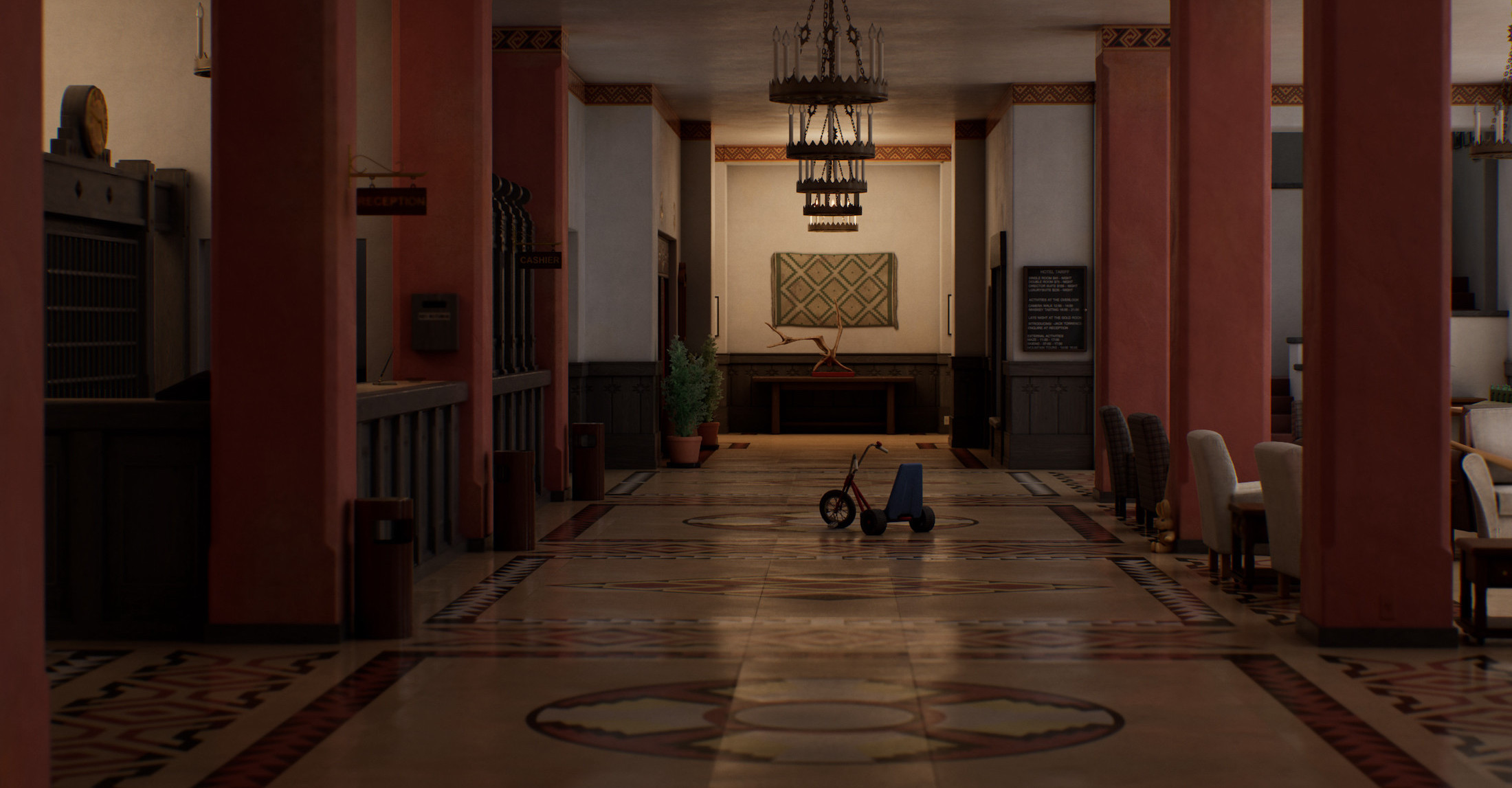
1 Comment